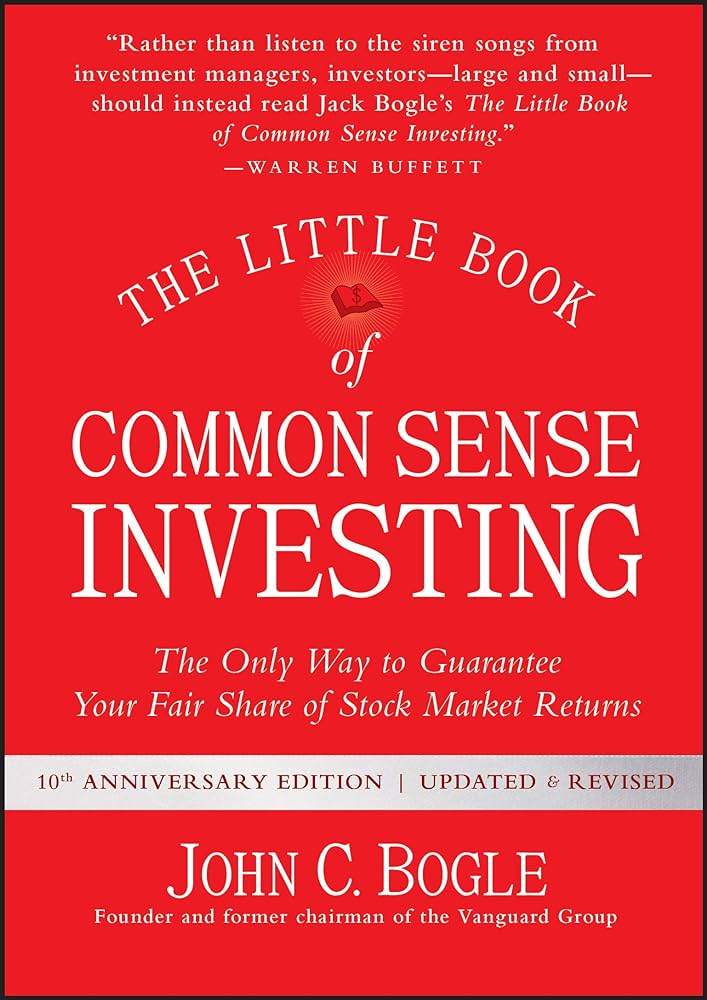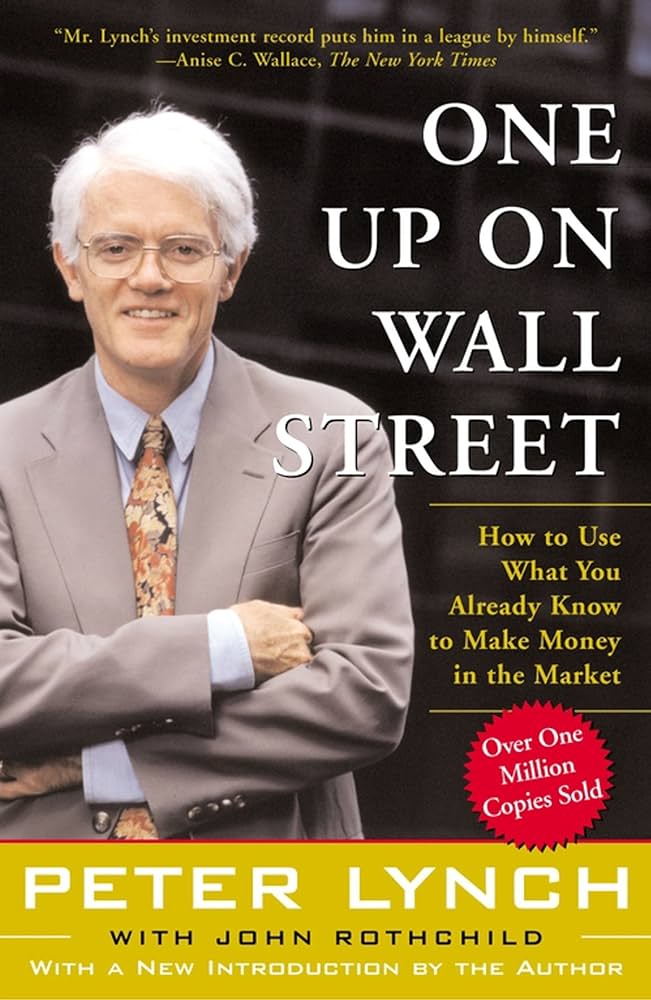Lesson 1: An Introduction to Day Trading
Day trading involves buying stocks with consistent trends and selling them on the same day. Any stock traded from the next day onwards is considered swing trading, which is very different from day trading. Swing trading is typically done in companies that are fairly reliable and constant, while day trading happens with any stocks.
Day trading is not a get-quick-rich scheme and should not be seen as such. It requires serious effort and research to be done well. Day trading can be appealing due to the flexible lifestyle associated with it, but it is easy to underestimate the difficulty involved.
The common rule of day trading is buying long, selling short. Buying long involves buying stock that later increases in price, therefore, earning a profit when the stock is sold. Selling short involves borrowing stock from brokers and selling it at a high price, then waiting for prices to fall before buying them back at a lower price. These brokers intend to hold on to this stock in the long term, hence, do not sell during daily fluctuation of prices. They instead profit by earning interest on stocks lent.
Short selling is more volatile than buying long, as markets deteriorate faster than they improve. In this situation, short sellers can make high profits while other traders may face losses. However, short selling comes with its own perils: if the market improves instead, short sellers can face heavy, even unlimited losses. Caution is hence recommended while selling short.
Retail traders are those who trade with their own money and are not associated with any firms, while institutional traders work otherwise. While institutional traders have more resources to work with, they are obligated to trade no matter market conditions, while retail traders can trade when circumstances are right. Hence, trading without restraint is a pitfall to be avoided by retail traders. Retail traders must avoid stock mostly exchanged between institutions, and benefit from trading in markets of other retail traders. Retail traders benefit from stocks that trend differently from the rest of the markets due to catalysts such as mergers, management changes, and product releases. Retail trading can be done best when the stock you trade is also of interest to other retail traders. These stocks can be identified in multiple ways, such as day trading stock scanners, and trading communities online.
Lesson 2: Risk Management
No trading strategy is without risk, but a successful trader minimises risk as much as possible. Admitting that one is wrong and stepping away from a trade is an essential skill as
Unlock Knowledge with Wizdom App
Explore a world of insights and wisdom at your fingertips with the Wizdom app.
 1 Million+ App Download
1 Million+ App Download  4.9App Store Rating
4.9App Store Rating 5000+Summaries & Podcasts
5000+Summaries & Podcasts









